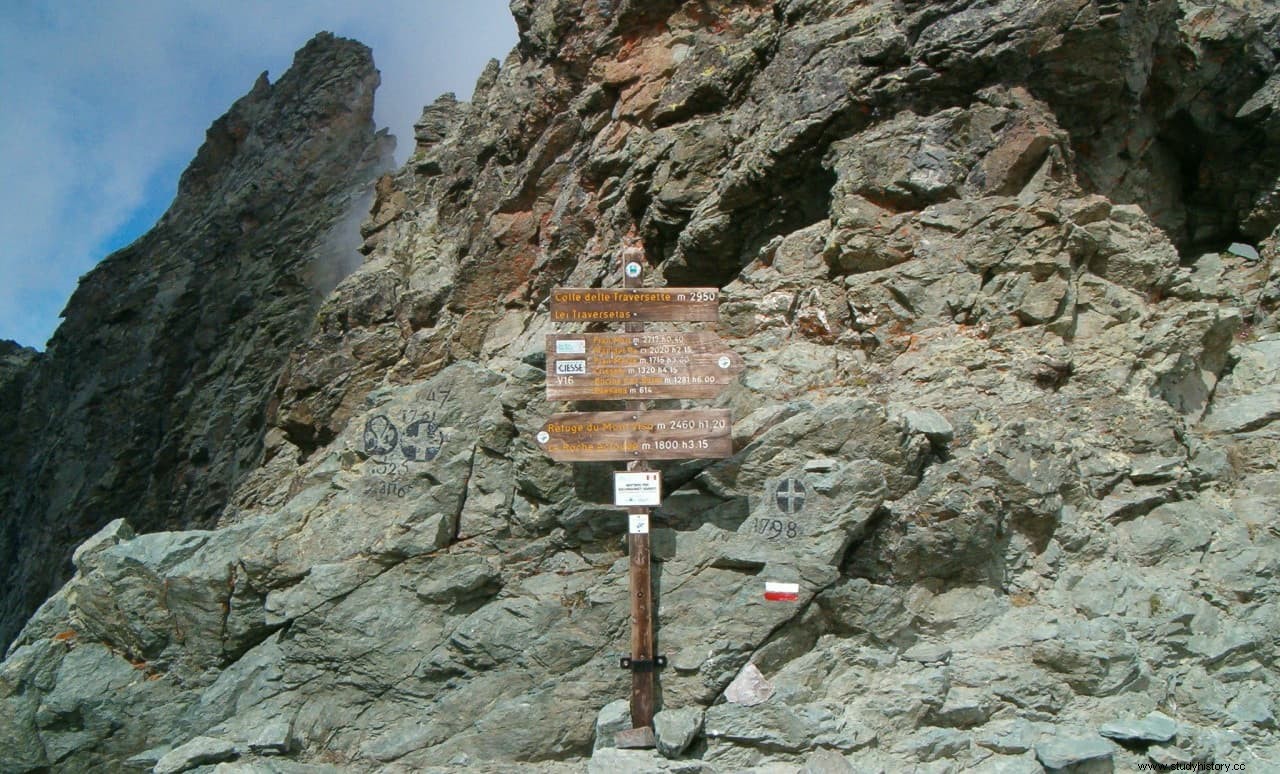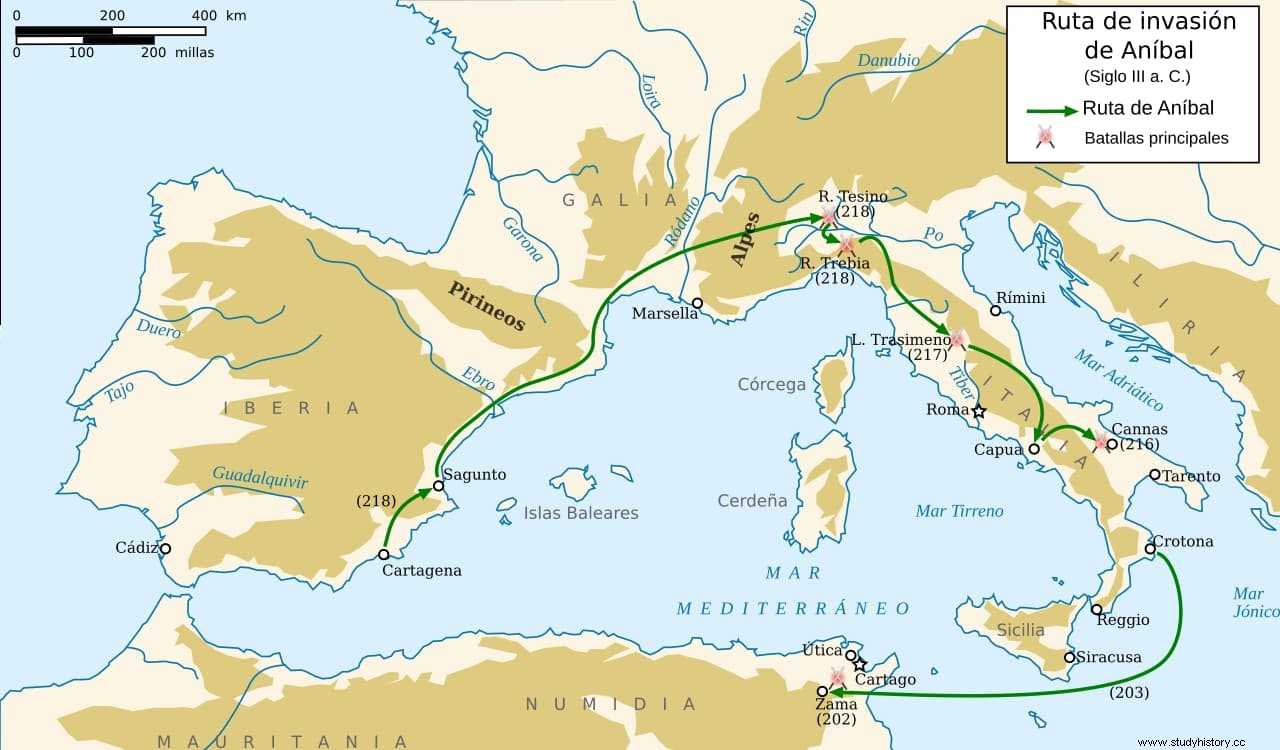Despite the efforts of researchers in recent centuries, the mystery of where Hannibal crossed the Alps to invade Italy in 218 B.C. remained unresolved. Some defended that it could be through the port of Little San Bernardo, Mont Cenis or Montgenévre. Others than through the port of Clapier, or even further south through Larche. The data provided by Roman historians was also not very precise, and there were no archaeological remains that could provide definitive proof.
But a study conducted in 2016 and based on the analysis of bacteria in excrement of the horses claims to have found the exact place.
Hannibal, in command of a Carthaginian army of 30,000 men, with 37 elephants and 15,000 horses, crossed the Alps in October 218 BC. at the beginning of the Second Punic War , intending to invade Italy and deal Rome a deathblow. Despite the fact that after 16 years of war he was defeated, his incredible feat for the time is remembered as one of the most outstanding military companies of Antiquity.
For more than 2,000 years, historians, due to virtually non-existent evidence, have theorized about the route it followed. Even Napoleon showed some interest in the matter.
The international team led by Bill Mahaney, from the University of York in Toronto, found solid evidence showing that the place through which Hannibal crossed his army en route to Italy was the Col de la Traversette , a narrow pass currently located on the Franco-Italian border, southeast of Grenoble and southwest of Turin.
The Col de la Traversette is located at an altitude of 2,950 meters above sea level, and is still today a difficult and complicated trail, suitable only for crossing on horseback. This route was already proposed a century ago by the biologist Gavin de Beer, but it failed to penetrate the academic community, which preferred to continue giving credit to the information of the Roman historian Tito Livio who gave the Col de Clapier data despite writing 200 years after the event and never having visited the place.

A combination of microbial genetic analyses, environmental chemistry, pollen analysis, and various geophysical techniques were used to determine the exact location of the Hannibal Pass. This led to the discovery of a huge mass of animal faeces, probably horses, at a site near the Col de la Traversette.
The droppings, dated around 200 B.C. Through analysis of their carbon isotopes, they were found in a muddy area that was once a small lake, one of the few in that area that could have served to water a large number of animals.
Up to 70 percent of the microbes in horse droppings are from a group called Clostridia, and these are precisely the ones found in the Traversette.

The mystery remains why Hannibal chose one of the most difficult, narrow and complicated steps. One of the reasons that the study points out is that in this way he intended to avoid possible ambushes by the Gallic tribes, from which the army would not have been protected in more open passes.
The research has been published in Archaeometry.
